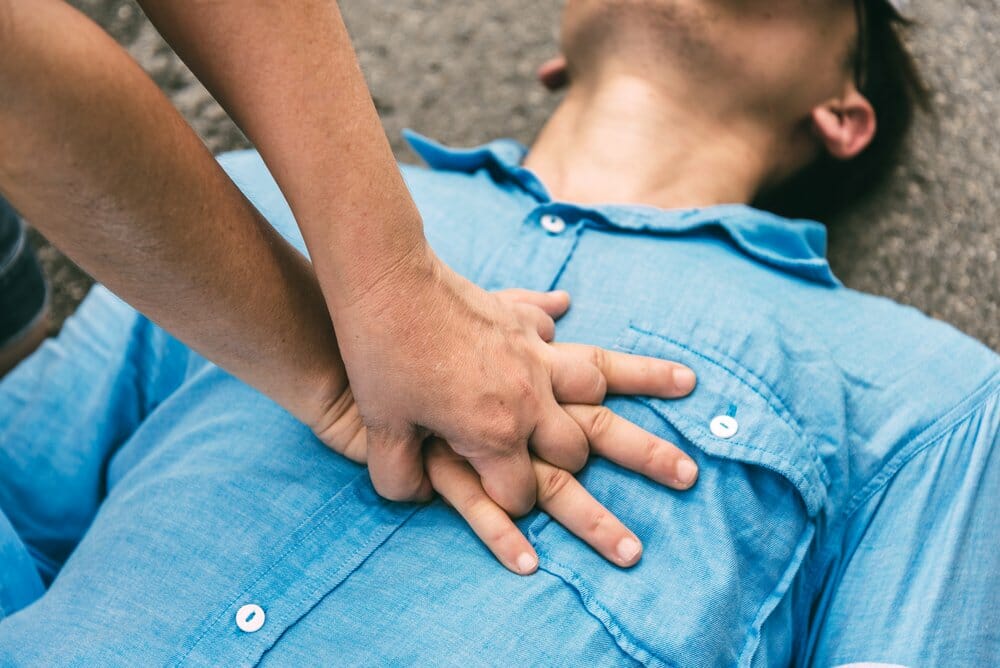
Last Updated On: September 9, 2024
Over 350,000 cardiac arrests occur outside of hospitals every year in the United States, and according to the American Heart Association, 90 percent of these cases result in the death of the victim. However, there’s no need for the number to be so high, not when treatment can be provided by a bystander with the right training. Applied immediately, CPR can double or even triple the victim’s chances of staying alive and best of all; it doesn’t take a professional to administer it.
You don’t need to use your mouth. Many individuals are turned off by the idea of performing CPR simply due to squeamishness over the idea of having to put their mouths against those of the incapacitated. Traditional CPR consists of chest compressions and rescue breaths. Hands-only CPR allows a rescuer to provide 100-120 compressions per minute, without rescue breaths.
Don’t be a bystander, don’t feel helpless- 60 percent of Americans surveyed have said that they feel powerless to help someone experiencing cardiac arrest either because they don’t know how to administer CPR or because they’re afraid of hurting the victim. Sadly, this inaction can in fact be more dangerous as it will almost certainly inadvertently cause preventable death or injury to the victim.
When performing hands-only CPR, rescuers are still prompted to check for a response, call 9-1-1 for medical assistance, and then push the center of the victim’s chest hard and fast. The rescuer needs to interlace the fingers and press at the center of the chest for 100-120 compressions per minute, pressing at least 2 inches deep.
While hands-on CPR is a great tool that bystanders can use even without certification, we highly recommend individuals to receive full training in order to perform traditional CPR with chest compressions and rescue breaths, especially for children and infants.
There are numerous ways to learn how to perform CPR, but most people put it off because it seems like a hassle. However, the American CPR Care Association provides convenient online training that you can take at your own time and pace. Our CPR/AED course training includes steps for adults, child and infants. Learn more and become trained to perform CPR here.

